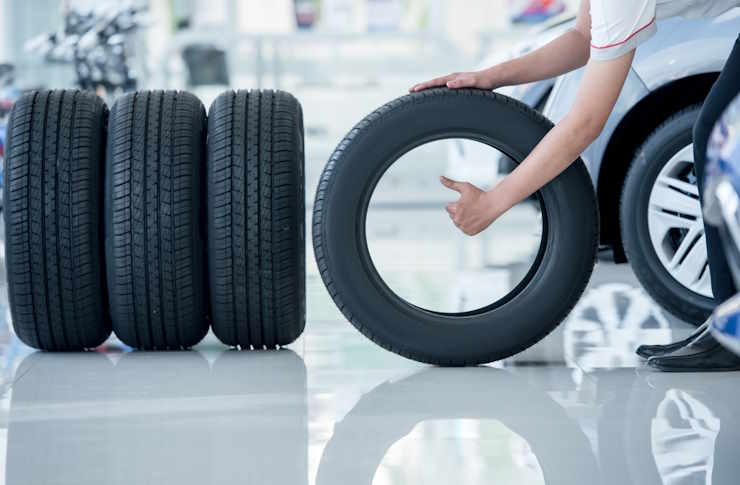How Salvage-Designated Vehicles Affect Market Pricing
Salvage-designated vehicles shift expectations for buyers, sellers, insurers, and repairers. This article outlines how salvage status alters valuation, inspection needs, auction dynamics, documentation, and resale outcomes to help readers understand pricing impacts across the vehicle lifecycle.

Salvage-designated vehicles carry a label that signals significant prior damage or loss and that designation changes how markets value a vehicle over time. Buyers, insurers, repair shops, and transport providers factor the salvage flag into offers and bids, often prioritizing documentation, inspection results, and repair feasibility over original market value. The presence of a salvage title can affect finance options, resale prospects, and the required compliance steps to return a vehicle to the road. Understanding the mechanics behind salvage auctions, title branding, repair costs, parts availability, and rebuild documentation helps explain why pricing diverges from clean-title equivalents and how stakeholders manage risk and opportunity.
How does salvage history influence valuation and resale?
A vehicle’s damage history and the salvage designation directly reduce perceived market value. Valuation professionals and private buyers compare repair costs, remaining life expectancy, and parts availability against the model’s typical resale value. Salvage history may deter mainstream dealers and lenders, narrowing the buyer pool to hobbyists, rebuilders, or parts purchasers; that smaller market generally lowers prices. Sellers should present full history and documentation to support pricing, while buyers should account for unseen damage or future compliance costs when considering resale potential.
What role do auctions and transport play in price discovery?
Salvage auctions are primary marketplaces where pricing for damaged vehicles is established through competitive bidding. Auction dynamics—reserve policies, buyer fees, lot visibility, and seasonal demand—affect final sale prices. Transport logistics also influence bids: distant buyers factor hauling costs, salvage handling requirements, and potential delays into their maximum bid. Vehicles sold at physical or online salvage auctions often reflect the aggregated market view of damage severity, repair complexity, and parts value, making auctions a crucial mechanism for transparent price discovery in salvage markets.
How do title branding and documentation affect offers?
Title branding, the legal mark that a vehicle is salvage, rebuilt, or otherwise branded, is central to buyer decisions. Proper documentation—insurance records, inspection reports, photos, and repair invoices—can mitigate uncertainty and support higher offers by clarifying the extent of damage and steps taken to rebuild. Conversely, incomplete or inconsistent documentation depresses confidence and prices. Buyers should verify title status and request full documentation; sellers benefit from organizing history and compliance paperwork before listing to maximize reachable valuation.
What inspection, repair, and parts issues change repair costs?
Inspections identify structural damage, airbag deployment, and systems failures that drive repair complexity and cost. Repair shops and rebuilders estimate labor, parts, and testing time; parts availability and compatibility affect timelines and expense. Vehicles with rare parts or extensive structural damage often command lower salvage prices because repair costs exceed reasonable resale value. Where parts are readily available and inspections show limited structural harm, rebuild costs can be moderate, narrowing the gap between salvage and clean-title values.
How does insurance status and compliance shape market pricing?
Insurance determinations—whether a carrier declares a vehicle total loss—start the salvage designation process and inform future coverage options. Some insurers will not cover rebuilt vehicles fully or will apply restrictions, which influences buyer willingness to pay. Compliance requirements such as state inspections, odometer disclosure, emissions testing, and rebuilt title paperwork add time and expense; those obligations reduce net proceeds for sellers and lower bids from buyers who will shoulder compliance tasks and costs.
| Product/Service | Provider | Cost Estimation |
|---|---|---|
| Salvage auction access / buyer fees | Copart | Buyer fees commonly range from about $50 to $250 depending on sale type and membership; vehicle prices vary widely from a few hundred to several thousand dollars depending on damage and model. |
| Salvage auction access / buyer fees | IAA (Insurance Auto Auctions) | Buyer fees often fall in a similar band of roughly $50 to $300; final vehicle prices depend on damage severity, title status, and demand. |
| Wholesale/salvage listings | Manheim (select markets) | Fees and vehicle prices vary by market and lot; salvage and wholesale lots typically reflect discounted pricing versus retail values and may include additional dealer-only access requirements. |
Prices, rates, or cost estimates mentioned in this article are based on the latest available information but may change over time. Independent research is advised before making financial decisions.
Conclusion
Salvage designation reshapes vehicle pricing through a combination of documented damage history, auction dynamics, title branding, inspection and repair realities, and insurance or compliance constraints. While salvage vehicles can offer value to buyers focused on parts or rebuild projects, reduced liquidity and additional costs frequently translate into lower market prices compared with clean-title equivalents. Transparent documentation, realistic repair estimates, and an understanding of auction and transport influences help all parties assess fair pricing and manage financial risk when dealing with salvage-designated vehicles.






